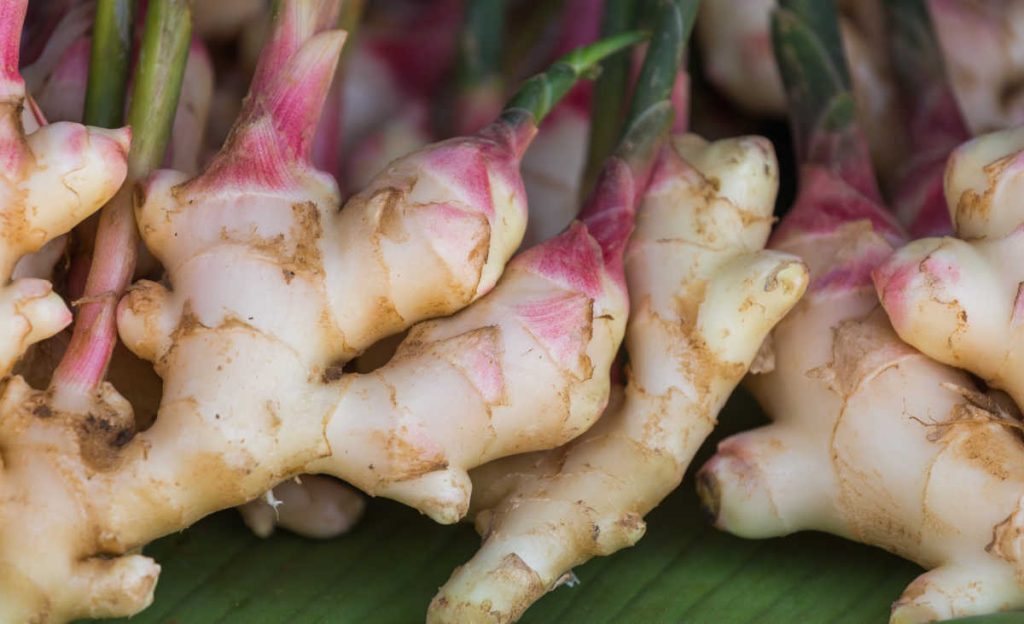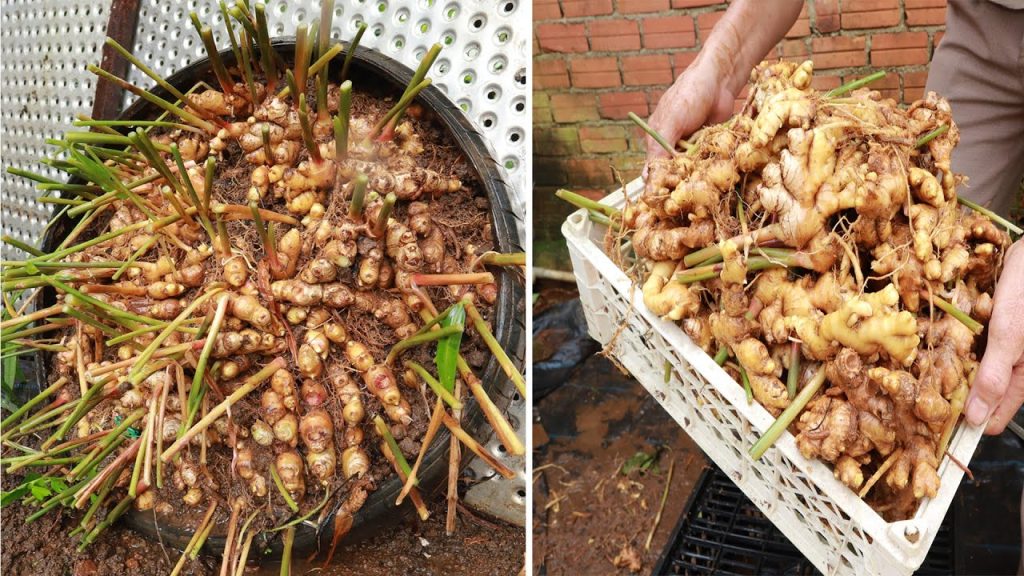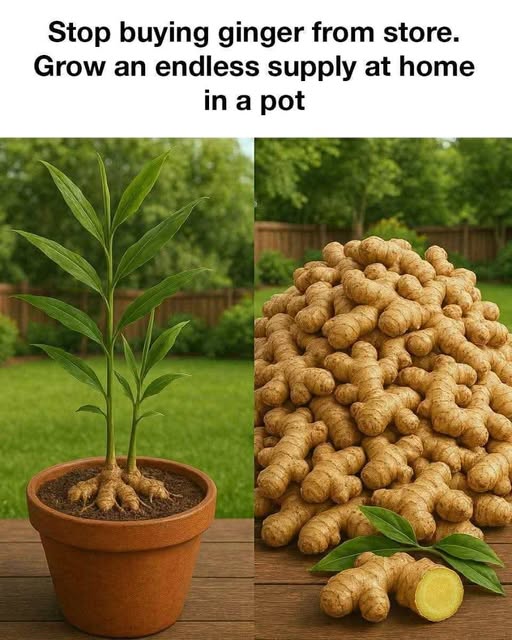Ginger is a versatile ingredient used in cooking, herbal medicine, and even skincare. While many buy it from the store, it’s surprisingly easy to grow at home and you can enjoy an endless supply all year round. Cultivating ginger indoors allows you to control its environment, ensuring a steady harvest of fragrant, nutrient-rich roots.
Why Grow Your Own Ginger
Homegrown ginger is fresher, more flavorful, and free from pesticides. Store-bought roots are often treated with chemicals to extend shelf life, which can reduce their ability to sprout. By growing your own, you ensure a healthier product and save money in the long run. Plus, it adds a touch of green beauty to your kitchen or balcony.

Choosing the Right Ginger Root
To start, choose a healthy ginger rhizome. Look for one that is plump, firm, and has several small “eyes” or growth buds. These buds are where new shoots will emerge. Avoid wrinkled or moldy pieces, as they will struggle to sprout. Ideally, select a piece about 3–4 inches long. If you can, use organic ginger, since it’s less likely to have been treated with growth inhibitors.
Preparing the Root for Planting
Before planting, soak the ginger root in warm water overnight. This softens the outer layer and encourages sprouting. Some gardeners also cut the rhizome into sections, ensuring that each piece has at least one eye. After cutting, allow the pieces to dry for a day or two — this helps prevent rotting once they’re in the soil.
Picking the Perfect Pot and Soil
Ginger thrives in wide, shallow pots because its roots spread horizontally rather than deep into the soil. Choose a container with good drainage holes to prevent waterlogging. Fill it with rich, well-draining potting mix — ideally, a blend of garden soil, compost, and sand. Ginger loves moisture but dislikes soggy soil, so ensure the pot drains easily.
Planting and Positioning
Plant each rhizome piece about two inches deep, with the buds facing upward. Water the soil lightly after planting, keeping it consistently moist but not soaked. Place the pot in a warm, humid area with indirect sunlight. Ginger prefers temperatures between 20°C and 30°C (68°F–86°F). Too much direct sun can scorch the leaves, while too little slows growth.
Caring for Your Growing Ginger
Ginger requires patience — it grows slowly but steadily. Keep the soil moist and occasionally mist the leaves to maintain humidity. Every few weeks, feed your plant with organic fertilizer or compost tea. If the leaves start turning yellow, it may signal overwatering or lack of nutrients, so adjust accordingly.
Harvesting for Continuous Supply
After 8–10 months, your ginger will be ready for harvest. You’ll know it’s time when the leaves start turning yellow and dry. Carefully dig around the plant and remove a portion of the rhizome, then re-cover the remaining root so it continues to grow. This method ensures a constant supply without replanting each season.

Storing and Using Fresh Ginger
Store freshly harvested ginger in a cool, dry place or freeze it to preserve flavor. You can also dry slices or blend them into powder for easy use. Fresh ginger adds a zesty kick to soups, teas, and stir-fries, while offering health benefits such as improved digestion, reduced inflammation, and relief from nausea.
The Joy of Growing Indoors
Growing ginger in a single pot brings nature indoors and rewards you with an endless supply of this aromatic root. It’s an ideal project for both beginners and experienced gardeners. With minimal effort and care, you can turn one small rhizome into a thriving plant that keeps giving year after year — fresh, fragrant, and right at your fingertips.

















